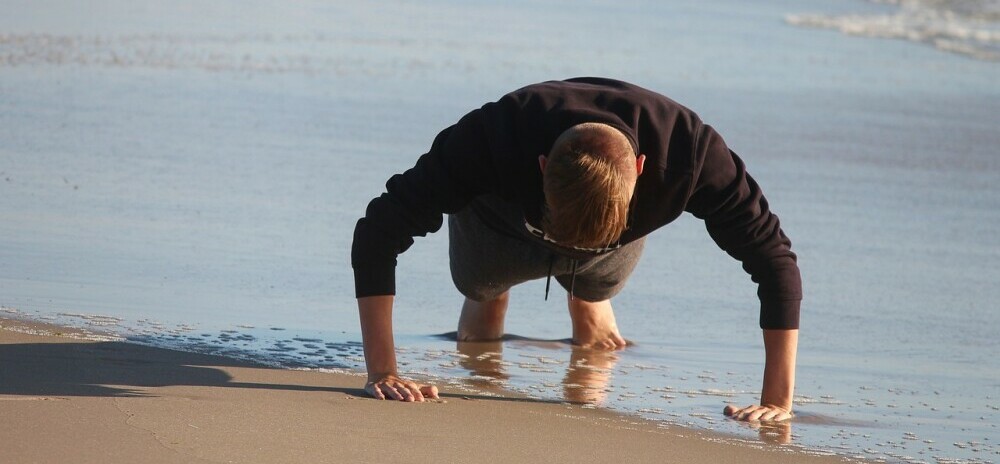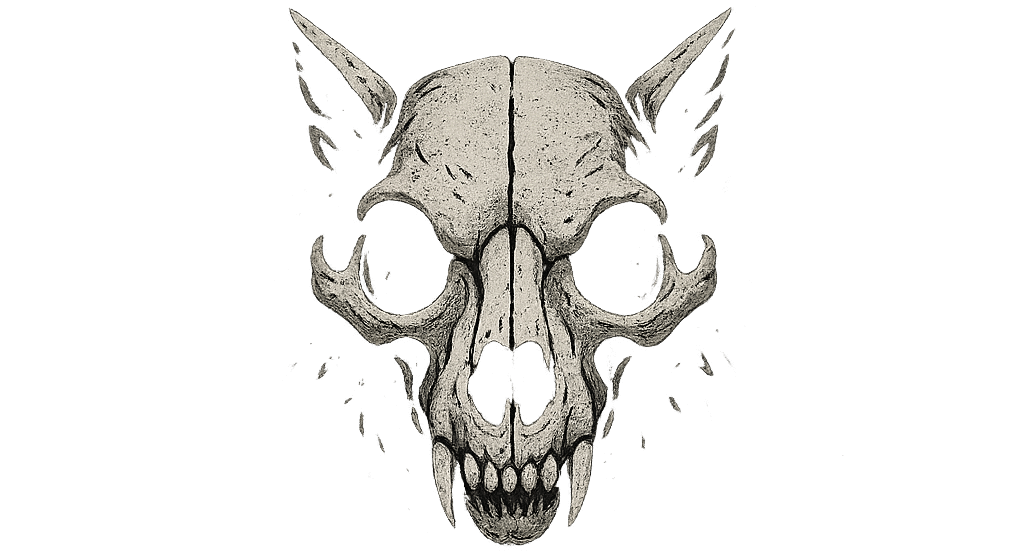The Best Exercises For Beginners
 I believe your decision to start exercising is a massive step towards better health. Bodyweight training is a perfect starting point. I’ll share why it’s not only convenient but also incredibly effective for beginners. These exercises use your own body weight as resistance, meaning they can be done anywhere, any time, and they’re free!
I believe your decision to start exercising is a massive step towards better health. Bodyweight training is a perfect starting point. I’ll share why it’s not only convenient but also incredibly effective for beginners. These exercises use your own body weight as resistance, meaning they can be done anywhere, any time, and they’re free!
There are a few key principles every beginner should embrace. Consistency is vital. It’s better to do a little every day rather than a lot, only once in a while. Progression is important too; making exercises more challenging as you get stronger helps you improve. Recovery allows your muscles to rebuild and strengthen. By embedding good habits from the start you avoid burnout and injury.
You can adapt body weight exercises for any fitness level. Plus, they don’t require equipment. That’s why it’s so easy to get started, and there’s room to grow. When it comes to form, ensuring you perform each exercise correctly is critical. Poor form can lead to injuries and undermine your progress. I’m here to guide you in building a solid foundation, focusing on form and function.
The Core Five: Essential Bodyweight Exercises for Beginners
Beginning your fitness journey can feel overwhelming, but focusing on the fundamentals goes a long way. There’s no need for complicated machinery; your own body is the greatest tool you have. I’m going to share with you the ‘Core Five,’ a set of bodyweight exercises that every beginner should master. These workouts will build your foundation, targeting major muscle groups and offering versatility to your exercise regime.
First, let’s tackle the squat. This exercise is crucial for developing lower-body strength. It engages your quads, hamstrings, glutes, and even your core if performed correctly. I emphasize form over speed or quantity. Start with your feet shoulder-width apart, back straight, and lower yourself as if sitting in a chair while keeping your heels planted.
Next up, push-ups. They’re not just for show; push-ups work your chest, shoulders, triceps, and core. Don’t worry if you can’t do a full push-up at first. Begin with your knees on the ground and work your way up to the traditional pose by building strength and endurance.
Planks might seem simple, but they’re incredibly effective for core stability and strength. Keep your elbows under your shoulders, your body in a straight line, and hold the position. Even a few seconds can be challenging initially, but with regular practice, you’ll see significant improvements.
Lunges are your secret weapon for developing leg muscles and improving balance. Step forward with one foot, lower your hips until both knees are bent at a 90-degree angle, and then push back up to the starting position. Alternate legs and remember to keep your upper body straight throughout the movement.
Finally, dips are excellent for working your arms and shoulders. You can use a stable chair or even the edge of your bed. Sit on the edge, place your hands next to your hips, move your feet forward, lower your body by bending your elbows, and then push back up. Ensure your movements are controlled for maximum effect.
As you grow comfortable with these exercises, you’ll find your strength increasing and your confidence along with it. Now, armed with the ‘Core Five,’ you’re ready to dive into crafting your first full routine, which I’ll guide you through in the next section. Together, we’ll build a workout plan that fits your lifestyle and goals.
Crafting Your First Bodyweight Routine: A Step-by-Step Guide
 I’ve seen many beginners jump into exercises without a clear plan, only to burn out or lose motivation quickly. To avoid that, I always suggest creating a structured routine. I’ll guide you through setting up a simple, effective workout that you can do anywhere, anytime.
I’ve seen many beginners jump into exercises without a clear plan, only to burn out or lose motivation quickly. To avoid that, I always suggest creating a structured routine. I’ll guide you through setting up a simple, effective workout that you can do anywhere, anytime.
Start by warming up. It doesn’t take much – just five to ten minutes of light cardio, like jogging in place or doing jumping jacks, can increase your heart rate and prepare your muscles for the workout. Follow this with dynamic stretches to increase range of motion and reduce the risk of injury.
Your routine should ideally consist of exercises targeting all the major muscle groups. Aim for two to three sets of each exercise with a comfortable number of repetitions to start – usually eight to twelve. If you can do more with ease, it’s time to increase the intensity or the repetitions.
Incorporate variations and challenges. As your strength improves, consider variations of the basic exercises. For example, try elevating your feet during a push-up or add a small jump at the end of your squats to increase the challenge.
Don’t forget to cool down. After your routine, dedicate five minutes to cool down with static stretches for all the major muscle groups you’ve worked. This helps in muscle recovery and flexibility.
Lastly, remember to rest. Your muscles need time to rebuild after a workout, so ensure you give them that. Do not work the same muscle groups on consecutive days. Aim for at least one full day of rest between workouts for optimal results.
Cultivating a Sustainable Fitness Mindset and Beyond
 I want you to keep something in mind as you progress through your fitness journey: the key to long-term success is developing a sustainable mindset. Enthusiasm can fuel you at the start, but it’s consistency and adaptability that will carry you through the months and years.
I want you to keep something in mind as you progress through your fitness journey: the key to long-term success is developing a sustainable mindset. Enthusiasm can fuel you at the start, but it’s consistency and adaptability that will carry you through the months and years.
Setting clear, achievable goals is essential. Whether it’s being able to perform a set number of push-ups or hold a plank for a certain time, these milestones keep you focused and provide the satisfaction of achievement that is vital for keeping motivation high.
Fitness isn’t a sprint; it’s a lifelong marathon. Your body weight exercises are just a part of a holistic approach to health. Eating well, staying hydrated, and ensuring adequate sleep are just as important as your workout.
Lastly, remember that you’re not alone in this. Joining beginner fitness communities, either locally or online, can provide the camaraderie and support that transform exercise from a chore into a shared, enjoyable experience. Embrace your fitness path not just as a way to improve your body, but as a lifestyle that enhances every aspect of your well-being.
